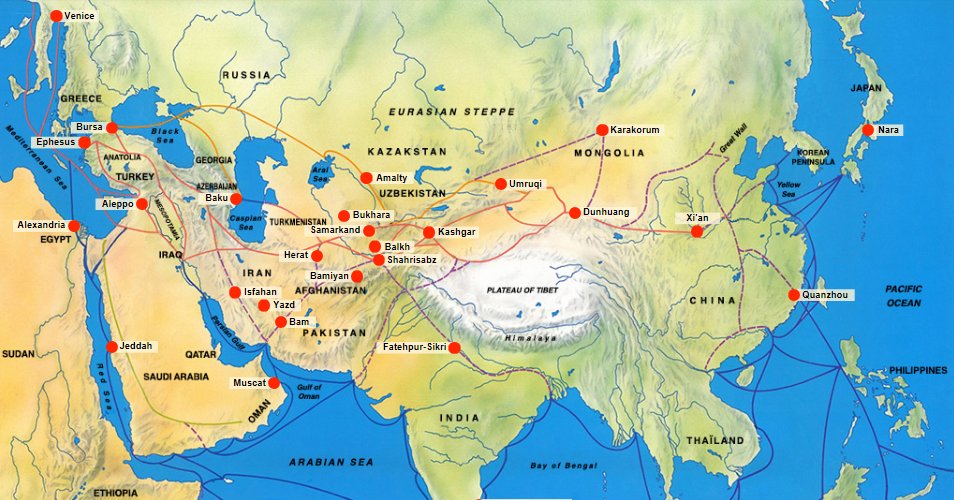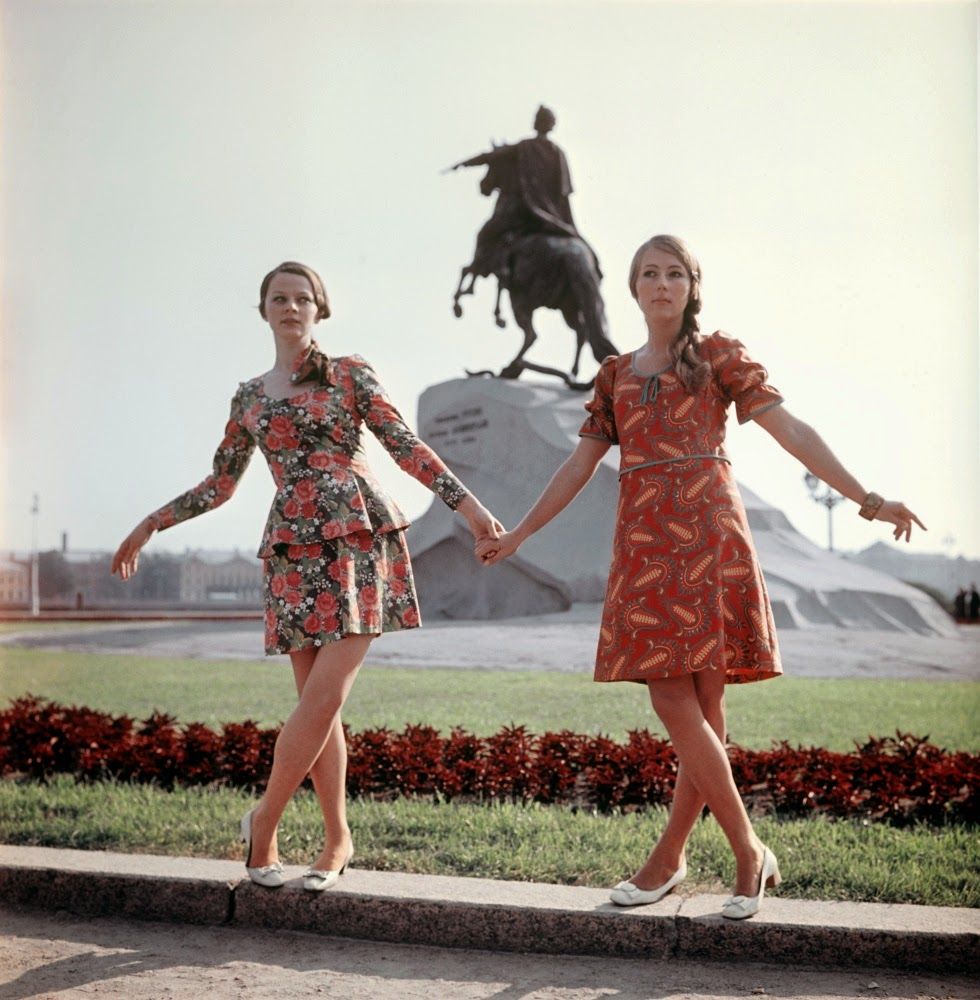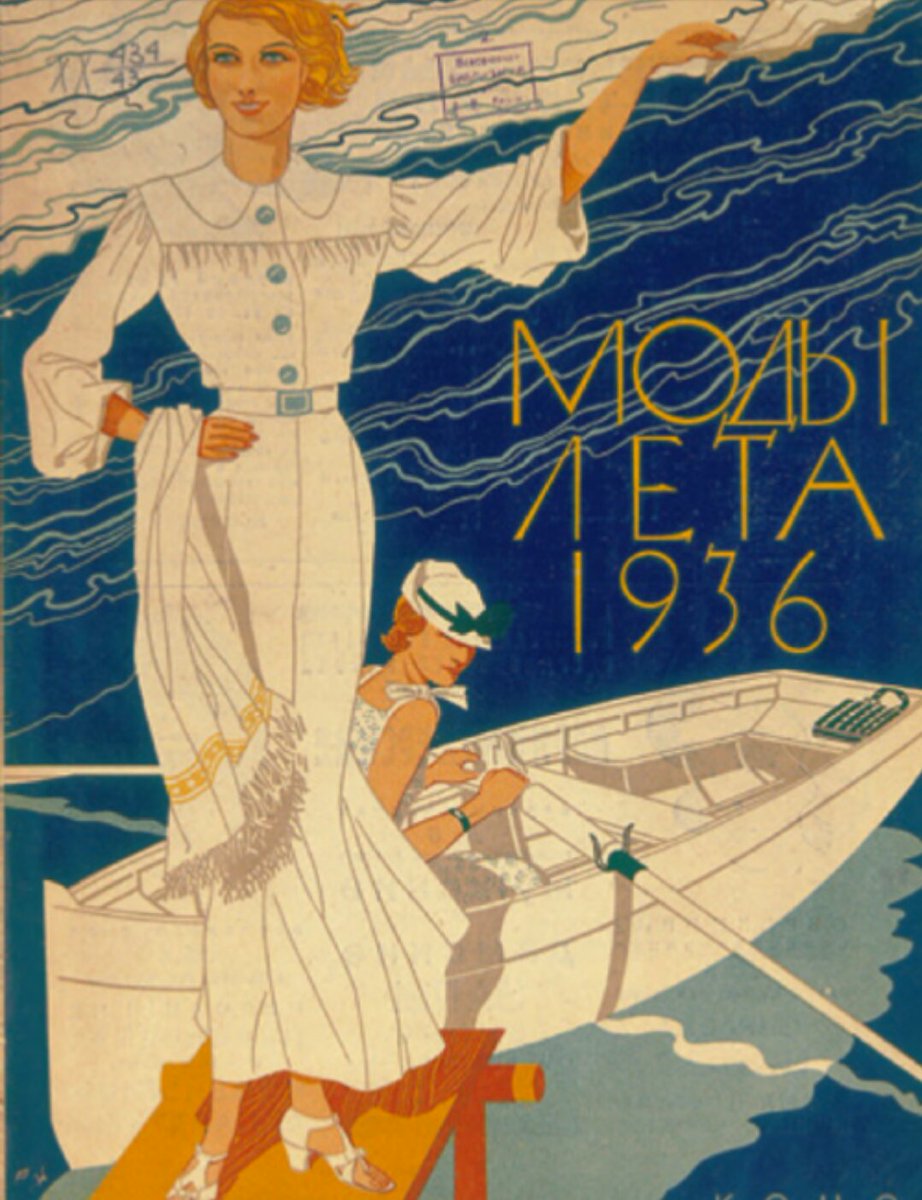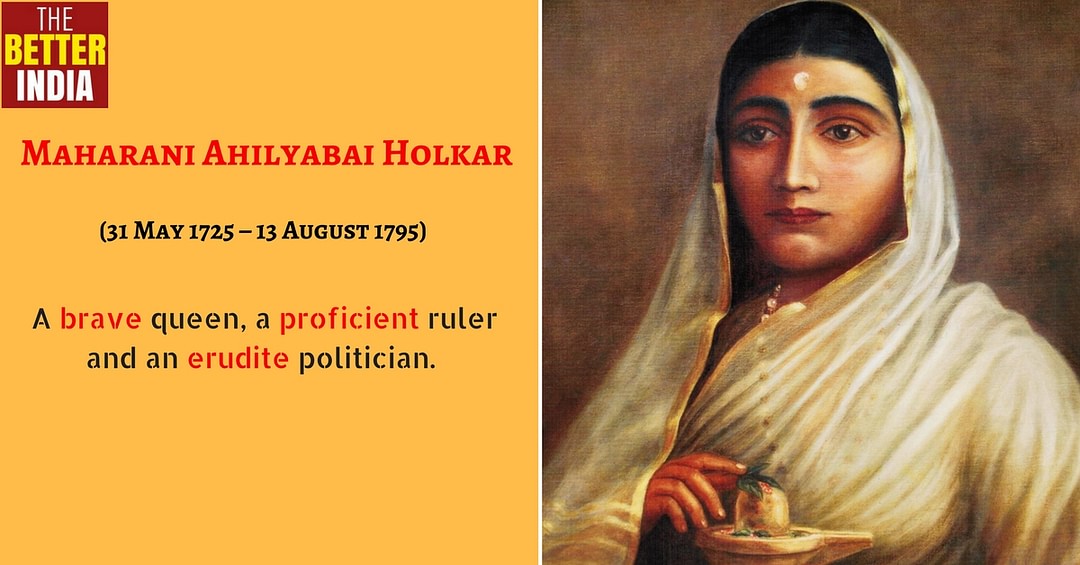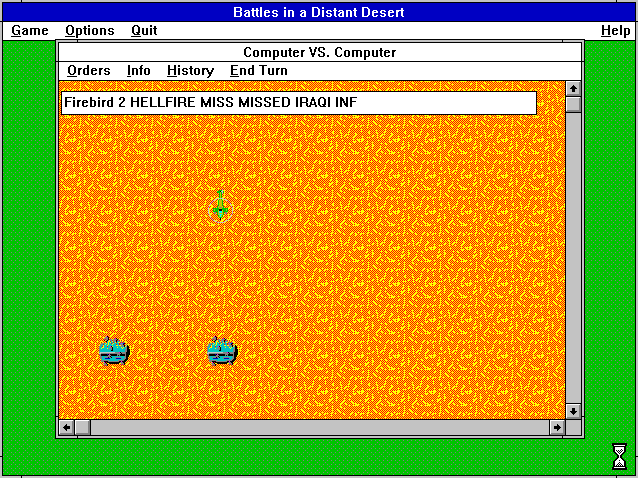2/ Chinese ceramics were an important part of a global trade network that linked China and the Middle East to the world economic system. Many of these objects were transported overland in a series of trade networks, today called the "Silk Road". In addition to land routes...
3/ ...maritime trade flourished. Middle Eastern, African, and Chinese merchants flowed back and forth between important ports along the Red Sea and the Persian Gulf, the coast of India, and the islands in the South China Sea. This has been called the "Maritime Silk Road".
3/ As early as the 9th and 10th centuries, ceramics were being exported in large quantities. Ibn Battuta comments that Chinese ceramics are “carried to India and to other climes so that it even reaches our country in the Maghreb. And it is the most marvelous of kinds of pottery.”
4/ The famous Muslim Chinese explorer Zheng He also documented the widespread appreciation of Chinese ceramics. Ma Huan, his traveling companion, mentions the extremely enthusiastic reception their ceramic goods received in Champa (modern Vietnam), India, Ceylon, and Mecca.
5/ Archaeological evidence in Egypt shows large amounts of Chinese ceramics at Qus, Aswan, Alexandria, Quseir, Aydhab, and Fustat. Notably, at many archaeological sites there was less Islamic pottery than there was Chinese. This suggest widespread consumption by elites.
6/ Iran was no different. Chinese pottery from maritime trade can be found in Gulf sites from the 9th century on, and seemed to play an important role as elite gifts. The ʿAbbasid governor of Khorasan is said to have sent Chinese porcelains as a gift to Hārūn al-Rašīd in 804 CE.
7/ One of the largest collections of Chinese blue-and-white porcelain wares outside China proper is in Iran, collected meticulously by Ottoman sultans and by Shah Abbas I, founder of the Safavid Dynasty in Iran, and donated to the shrine of Sheikh Safi-ad-din Ardabili.
8/ Chinese pottery was so popular in Iran and the Middle East that Yuan and Ming potters seemed to be consciously producing goods for an export market. Goods for the Arab and Persian market had a distinct look often made use of rudimentary Persian and Arabic phrases.
9/ For example, this tripod censer of blue and white porcelain with the Persian inscription in six cartouches reading: an keh ba 'attar / migardad / qarib / u hami yabad / ze bu-ye khod / nasib...'He who gets close to a perfume seller acquires a share of his own scent'.
10/ Or this “Large dish” style Yuan dynasty porcelain, from Ardebil shrine. Barely legible inscription to the left is found on the underside. Has been read various, as “Hosein/harim/Mohammed” for the first word and “haqq/be-juft/marhum/Mohammed” for the second.
11/ This Yuan dish features barely legible Persian. It has been suggested that this might be an attempt to write "Chin" جین (China) in calligraphy. Many of these styles were initially developed for use by Persian or Mongol Muslim elites under the Yuan, and later exported.
12/ And there are countlesss other examples.
By the 17th century, Persian artisans soon began producing copies of Chinese pottery in large quantities, an early example of mass-produced imitations of an elite style. Mashad and Kerman were early centers of ceramic (re)production.
13/ In fact, most "Chinese" pottery found in Iran are not originals. Pottery from across the Middle East, including Iran, was also influenced by the techniques and styles of Chinese ceramics. In addition to copies, originals which fused Persian and Chinese style were popular.
14/ The Chinese also were influenced by their contact with Iran. While not especially influenced by Islamic pottery, Sino-Iranian trade introduced Chinese artisans to cobalt, the very ingredient which made the signature color of the blue-and-white wares possible! In fact...
15/ ...blue-and-white wares may represent a fusion of Chinese and Persian craft techniques. The white porcelain body was a technique developed by the Chinese, which required a special composition and extremely high-temperature kilns to reproduce, and was a closely guarded secret.
16/ The blue, on the other hand, was derived from cobalt ore, which first arrived in China via Persia. John Carswell has speculated that it was likely Persians in China that first combined the two techniques because cobalt had been used to decorate pottery for centuries in Iran.
17/ However, as Iranian kilns fired at lower temperatures, the color that resulted was not quite the same. The famous blue hues only showed up when cobalt was fired at the higher temperatures in Chinese kilns, combining Chinese techniques with Persian resources.
18/ That's all for now! Stay tuned for our next thread in a few hours on Iranian Religions in China!
